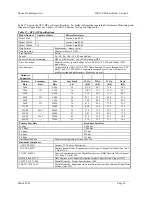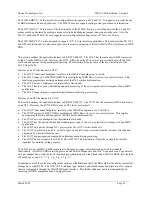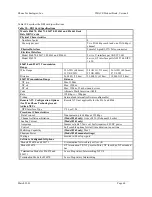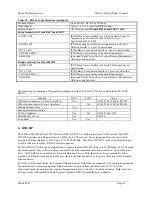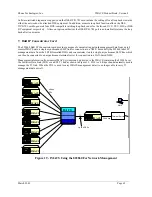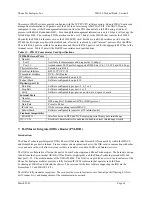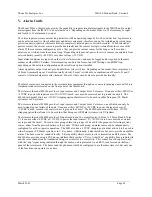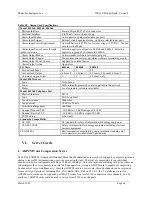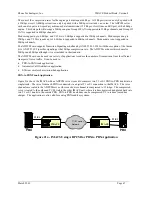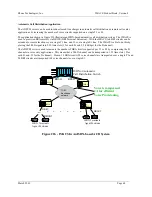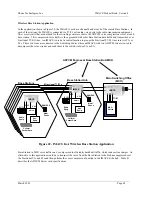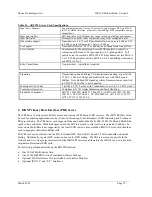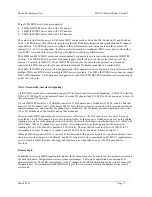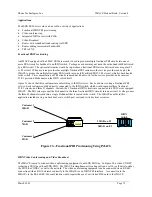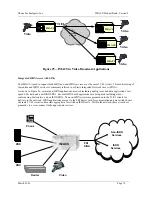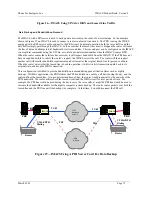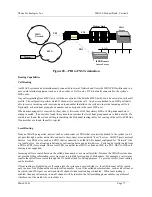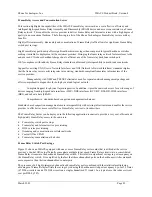
Zhone Technologies, Inc.
IMACS Product Book, Version 4
March 2001
Page 69
Wireless Base Station Application
In the application shown in Figure 22, the IMACS is used as a channel bank at each of the remote Base Stations. In
each of the stations, the IMACS is connected via T1/E1 or Analog voice ports to the radio transmission equipment.
The voice circuits that are destined for the switching center are sent to the ADPCM voice compression server at each
base station. This compressed voice traffic is then groomed with other Base Station data traffic and transmitted over
Fractional T1/E1 lines. An IMACS is used at a central location to groom the Fractional T1/E1 lines into two T1s or
E1s. These two lines are connected to the Switching Center where an IMACS with two ADPCM servers is used to
decompress the voice circuits and send them to the switch via four T1s or E1s.
Figure 22 - IMACS In A Wireless Base Station Application
Base Station to MSO voice traffic can be compressed to efficiently backhaul traffic, which reduces line charges. An
alternative to this application would be to transport the voice from the Base Station to the Hub uncompressed over
the Fractional T1s and E1s and then perform the voice compression function in the IMACS at the hub. Table 21
describes the ADPCM Server card specifications.
Radio
Equip.
Cellular
Packet Data
V.35
V.24
Alarms
Aux.
Equip
E&M/FXS
Maint.
Phone
E1/T1
1
2
3
4
5
6
ADPCM Engines at Base Station/Hub/MSO
Base Station/Hub
Base Stations
Data
MSO
Switch
T1/E1
Main Switching Office
(MSO)
6 Fractional T1/E1s
Radio
Equip.
Cellular
Packet Data
V.35
V.24
Alarms
Aux.
Equip
E&M/FXS
Maint.
Phone
IMACS
E1/T1
IMACS
IMACS
Summary of Contents for IMACS Network Device
Page 1: ...IMACS Product Book...


